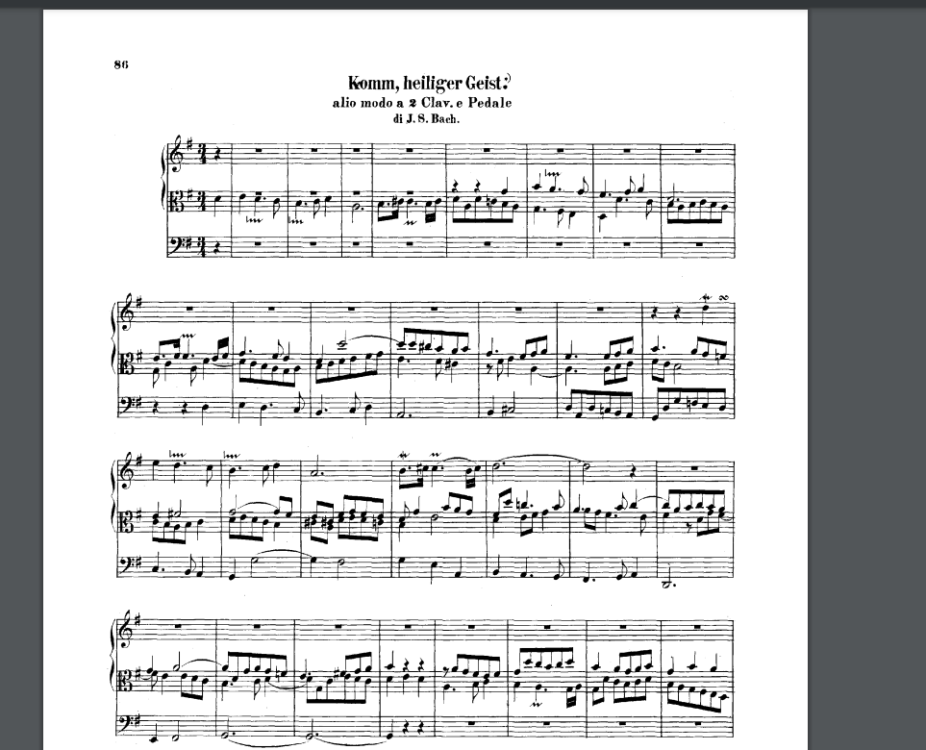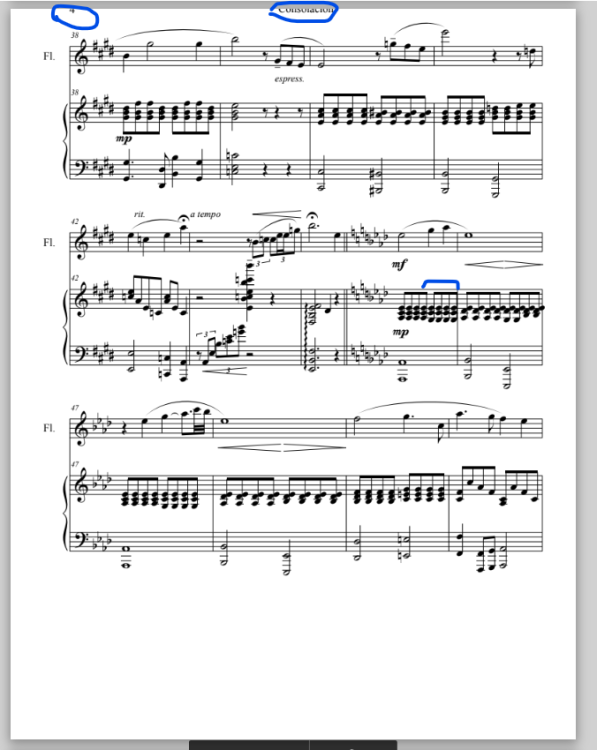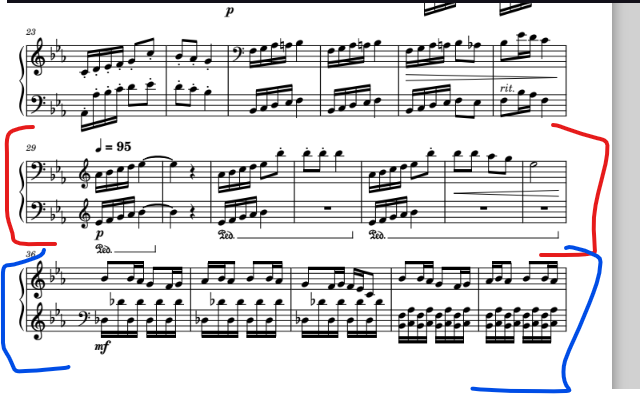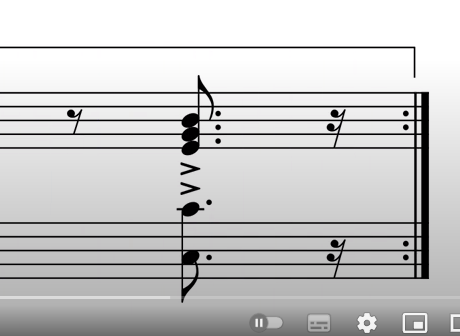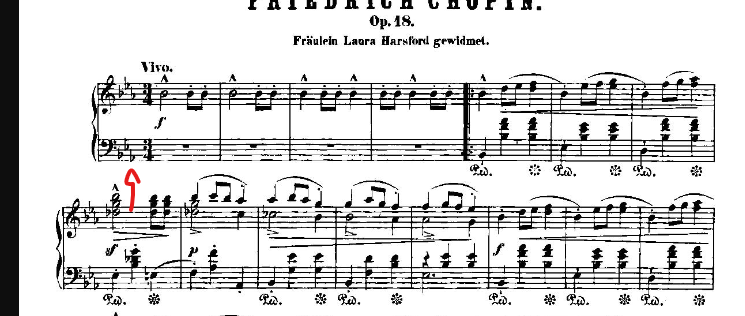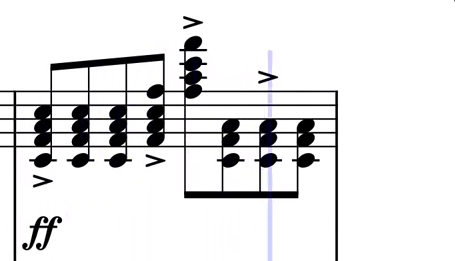-
Posts
512 -
Joined
-
Last visited
-
Days Won
23
Omicronrg9 last won the day on December 31 2023
Omicronrg9 had the most liked content!
About Omicronrg9

- Birthday 03/03/2000
Contact Methods
-
Skype
omicronrg9
-
Website URL
https://www.free-scores.com/Download-PDF-Sheet-Music-omicronrg9.htm
Profile Information
-
Biography
Average, amateur composer. Accordionist, casual pianist. Hopefully physicist in a year or so. I also play Pixel Dungeon, and collect stats of my own bike trips.
-
Gender
Male
-
Location
Spain
-
Occupation
Student, I do things but no one pays me.
-
Interests
I don't have hobbies. Either that or everything I do are hobbies.
-
Favorite Composers
Lately Czerny not gonna lie.
-
My Compositional Styles
I don't really know, but it's definitely not mainstream.
-
Notation Software/Sequencers
Musescore 1, 2, 3 and nightly builds of 4. I have also used sibelius, finale, guitar pro 5 & 6, FL Studio, reaper, Cubase Pro (10.5) and some other DAWs, but I mainly use musescore.
-
Instruments Played
Accordion, Melodica, Piano, some percussion instruments & I played a small organ once.
Recent Profile Visitors
2,091 profile views
Omicronrg9's Achievements
-
Aw Ke Shen started following Omicronrg9
-
Hi! I must say that the wind blowing is somehow a great companion in this case. The piece played by the carillon feels powerful and eerie to me, and it sure sounds fun to do such a project. Thank you for sharing this, it was the first work I've listened to on YC in a while and I clicked on it right away just because of the carillon. This instrument is so appealing to me. Kind regards, Daniel–Ømicrón.
-
Omicronrg9 started following Thatguy v2.0
-
Omicronrg9 started following PeterthePapercomPoser
-
Omicronrg9 started following chopin
-
Very adventurous piece. It's full of life and character! Despite its brevity you managed to contain a decent amount of well done transitions. I just love the ending. Kind regards!
-
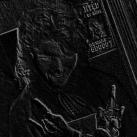
musical theatre Fantasmagoriana; the title song of my musical
Omicronrg9 replied to CashComposer's topic in Choral, Vocal
Hi Cash. Impressive. The B&W filter fits with the music I would say, and the video looks really professional. However, a detail: the sound of the piano may have room for improvement. In terms of loudness I think it's mostly alright but the lower notes could benefit of some more volume. I'm not sure if the explanation may be better at the beginning than after the song. I may be used to the reverse order, but probably this way works better for sharing it and it bring more focus to the song itself. I recommend you to upload the sheet music here —or wherever you prefer, and then send a link here—. Some people may make use of it to give better & more precise feedback. I myself usually read the score I'm reviewing while doing so. All in all, this was an intense & brief experience. I really look forward to listen to further works from you! Kind regards, Daniel–Ømicrón. -
Hi Jqh73o. I personally think that if anything, they may be motifs (but according to some authors, that would depend on how much present these are in your piece) I would prefer to judge with the score at hand too, but that's my opinion. Can you easily divide your themes or motifs in smaller meaningful and identifiable units? If you can't then you likely found they are motives (or cells, or whatever you call the smallest analyzable stuff). Themes are usually (cause I don't think there's a definition for this written in stone) conceived as larger units of melody made from one or various musical phrases. These phrases in turn may contain one or various motifs. So you may say your excerpts are motifs; that perhaps and only perhaps they are phrases but in my opinion, not themes. Colloquially speaking, though, you will find that often theme == motif. Kind regards, Daniel–Ømicrón.
-
Welcome to the forums, Musical! That's a very nice idea you had there. And it sounds quite good and fresh. Perhaps it's on my end only, but the bass sounds so dense it makes the piece less light than what the melody and the mood it establishes suggest. Still, you really made things flow, and the ending was so charming. Really glad to have you here and I hope you be around for a long time. BTW, we allow posting .pdf and .mp3 files without hard restrictions. Consider it when sharing your piece. It is sometimes easier for us to review and comment pieces without going outside of the forums. That said, I really found your piece very enjoyable and I think others will as well. Kind regards, Daniel–Ømicrón.
-
LOL I thought this was going to be an easy vote but it seems not. GREAT. Unironically GREAT. This I noticed too. I enjoyed this a lot, I am sharing this piece of gold right now!!! Belated happy new year, I guess? Thanks.
-

Alone Between the Stars
Omicronrg9 replied to olivercomposer's topic in Orchestral and Large Ensemble
My exact feeling. I would say that if the video didn't show space but another background —a peaceful one or a grandiose one, at times— this piece would equally fit there. It's true that the choice of electronic instruments makes the piece less appealing for non-space environments but that's just cause of the timbre of one of those instruments. Just my two cents here, Olivér. In any case, glad to listen another great work from you. BTW, was it intentional that it kind of resembled your "The Cursed Castle" from Melodies of the Fantasy at its very beginning? They are both in G minor (or begin in G minor at least). Perhaps you just like that key :B. Kind regards, Daniel–Ømicrón. -

PeterthePapercomPoser vs. Thatguy v2.0 - Who wins???
Omicronrg9 replied to Thatguy v2.0's topic in Monthly Competitions
But why not linking the pieces here? Where's yours I cannot find it lol. -
Oh wow that's a discovery to me. I've been skimming through some: Pretty epic stuff, the three clefs all on the same instrument. Yes, some composer friend of mine also told me about this. I suppose that I care much about registers since they are very important in many accordion pieces. I will definitely try to make some organ music soon, many thanks. Kind regards!!
-
Very melodically enjoyable piece, though I would pay attention to MJFOBOE's advice on the sound balance. Everything sounds too loud, there's no sense of dynamic range. Apart from that and score-wise, the software you used must have exported the .pdf terribly. Just to put an example: The very last 4 measures were extremely beautiful. Thank you for sharing this here! Kind regards, Daniel–Ømicrón.
-

A mostly simple and "fun" short piece for the piano
Omicronrg9 replied to piajo's topic in Piano Music, Solo Keyboard
Hope this comes to a reality! Hi piajo. This piece has certainly a lot of unique character and energy. I liked the first section specially, it's a bit subtle, more of my taste than the next section (more energetic and relentless) that I liked anyway. As other composers mentioned, the transition you do from one "style" to another is notorious but not unpleasant. I would say there's room for improvement, or balance perhaps? Essentially: I would have liked more (development) of the red without jumping straight into the blue. But these are details, and I did enjoy your piece a lot. I hope you get to record it and publish it here! Kind regards, Daniel–Ømicrón. -

Is this too long for a Nocturne?
Omicronrg9 replied to Aw Ke Shen's topic in Piano Music, Solo Keyboard
My 20th nocturne is almost 14, what do you mean 🥶. I agree with most of the commentary here. In this case, in order to make reading easier and to make sure nobody thinks that this may be a scoring mistake, I would recommend to use cross-staff notation, like this: Apart from that, I would say that the increasing tempo indications from M73 to M82 and then the rall. should really be hidden, since they may have full meaning for the computer playing it but very little to the real performer. In that slow, smooth accel. you made there is not such indication, but in the rall. there is! In other words, the markings are good cause there's no other way to do that (at least in MS3) but when it comes to make the score, the best practice in most cases is hiding it and putting the words (accel. and rit./rall.) for the performer. Another tiny detail: what do you mean by "Adagio, Molto Andante"? You mean it begins adagio but then it goes to Andante? Yet another detail: M95, the high A is played twice. Is the bracket joining both notes then NOT a tie? Why do you use various slurs there in this case? I liked the M117 to M119 part a lot. More dynamic range & variation would really help this piece grow to its maximum potential, but at Luis said, each one writes what he wants and as long as you are comfortable with the result, everything else is a detail. Kind regards, Daniel–Ømicrón. -
Hi again AWS. Let me pose a question, hope you don't mind: Why do you use this figure here? You have the very same phrase later on and you don't use it. Did you want it to make it shorter? Why not using a quarter note with a Marcato symbol (which in musescore by default would reduce its duration to 67%). Apart from that tiny detail, I would say the very ending presents no problem. Measures like 28-29 seem more complicated to me or M39. The passage starting at M50 seems like the most complicated one to perform a tempo. Judging by how it sounds, though, I would say there are some strange articulation symbol combinations. What does the slur + tenuto + stacatto mean in comparison with slur + stacatto, for example? In some places, like that passage starting at M50, I think marcato would better suit the piece rather than an ordinary accent. Normally (so not an universal convention) marcatos in piano tend to mean the player must perform the note with a strong (sometimes stronger than the usual) short accent (normally by raising the hand out of the keys rather quickly). Perhaps you did already know that, but just in case I give you a rather common example. In Chopin's Op. 18 you will find marcatos at the very beginning of the piece. These are put not as a replacement of normal accents but with a further intention. Here's a video of it being played. Though this meaning is ignored at convenience of the performer (which isn't bad at all), this behaviour I'm writing you about is evident here: So in summary (sorry for the text density :B), I would say parts like these may be better performed marcato than with a full accent, specially the 2nd and 3rd accented chords. All in all, the piece isn't really difficult, but that also depends on the child, its level, and of course, the detail and care with which you want them to perform. Kind regards, Daniel–Ømicrón.
-
Hi again JW. When dealing with exercises, I am not too sure of what specific feedback would serve you. Specially, structurally speaking, in case there are conscious choices made by the composer in that regard, my feedback may be contrary to what you want to do or what the people reviewing the project would expect your work to be. What I listen is cohesive enough to me (transitions between phrases aren't unjustifiably abrupt or random), structurally clear (with some non-directional digression more than grand development; a wise choice I believe) and subjectively speaking it has many moments which I liked, melodically and sub-structurally. The melodic line appearing various times in the lower voice (Measures 1-2) and the smooth increase of tension from M32 to M36 (increasing the density of the music by adding a new voice on each bar) are two of those examples. The ending was really satisfying. Simple and effective. Sorry I couldn't be of anymore help. Kind regards, Daniel–Ømicrón.
-

The Storms Rage Ever Onward
Omicronrg9 replied to jwpianist's topic in Incidental Music and Soundtracks
The organ sounds A BIT like "Forsaken Sanctuary" from SoulCalibur III. The mood changes very quickly from that reminiscence of such an epic & bombastic piece to a more calm, reflective and gray theme. I like how the organ incorporated to this mood without breaking it. The sudden accelerando was not so much of my liking, perhaps it could've been done more smoothly, but all in all I liked the introduction of the strings. The organ chords at 2:20 not so much because of the current tempo of the piece in my opinion didn't welcome them, specially when they eat everything but the rain. The pause at ~3:10 sounded a bit strange and the G major ending chord at 3:23 was a little anticlimactic to me. Good take in my opinion. A lot of room for improvement, but that's the gist of this craft, I guess? Kind regards, Daniel–Ømicrón.

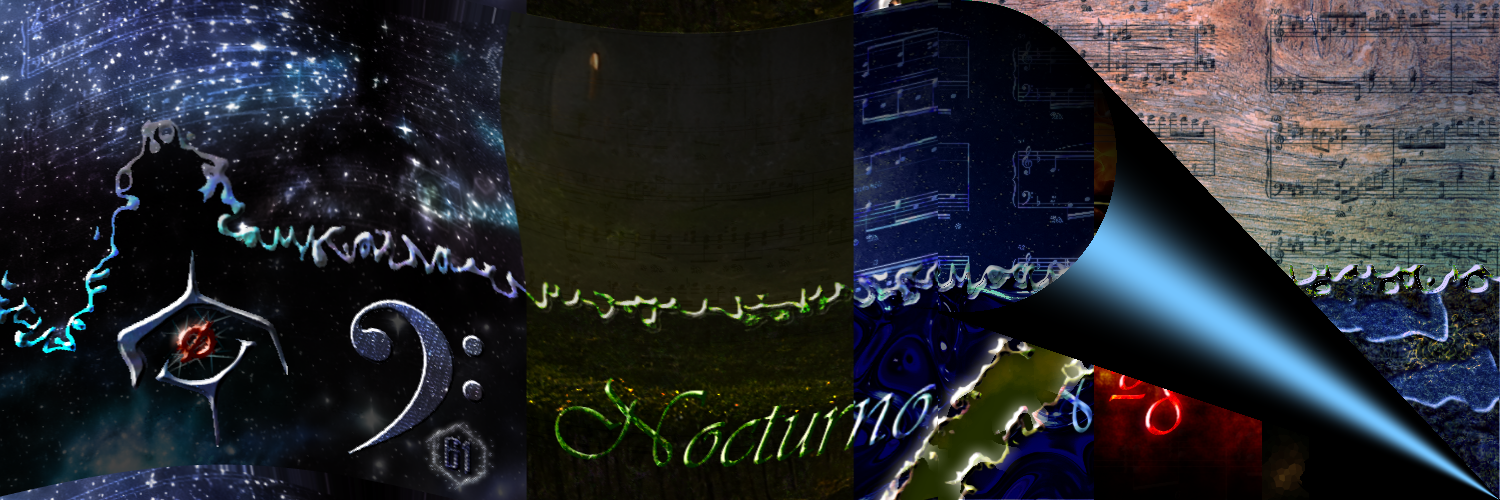
.thumb.png.8b5b433a341551e913a34392660bc95b.png)








